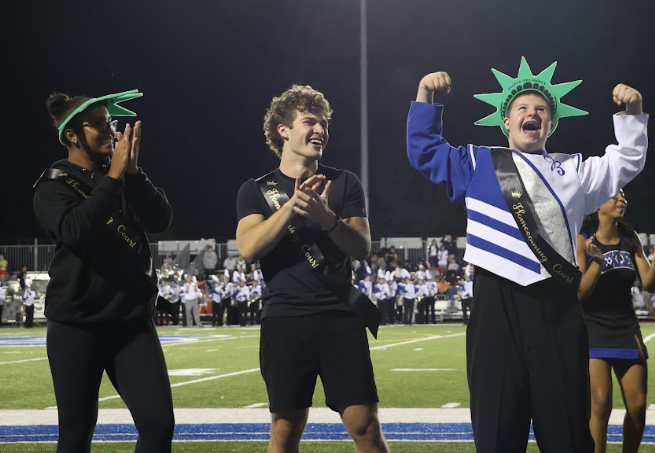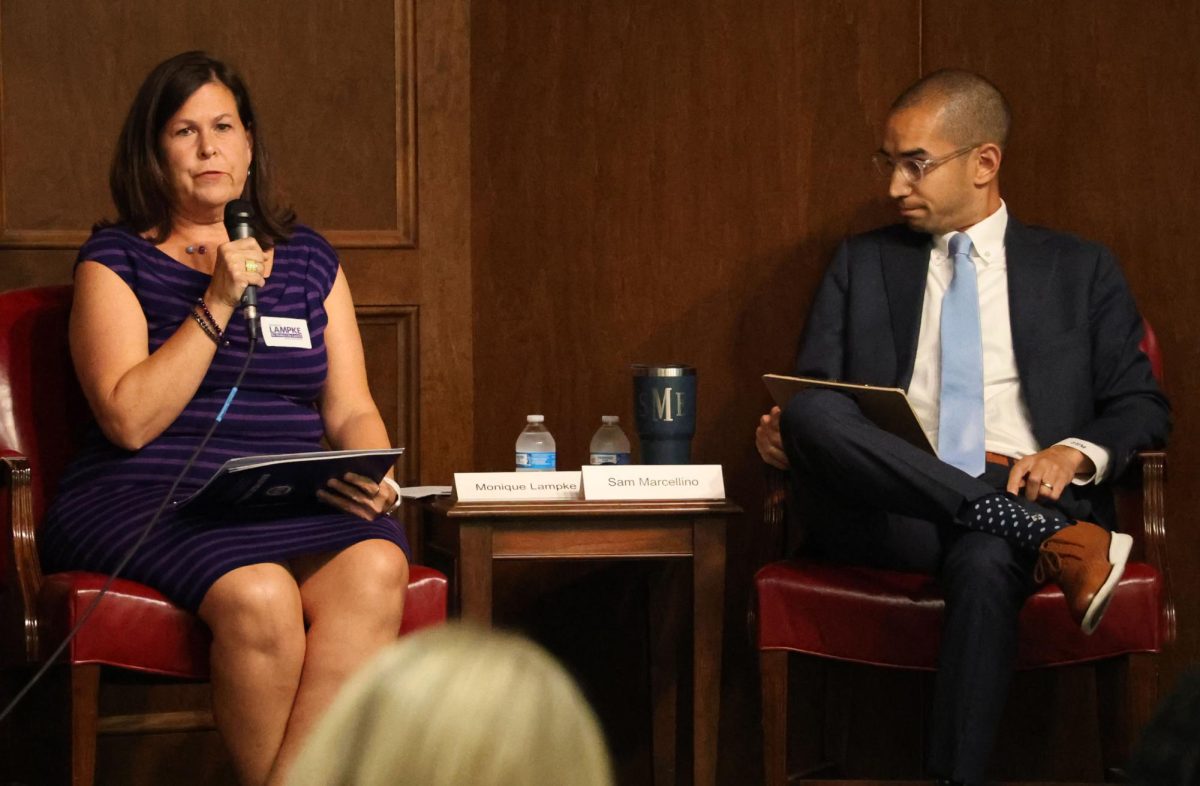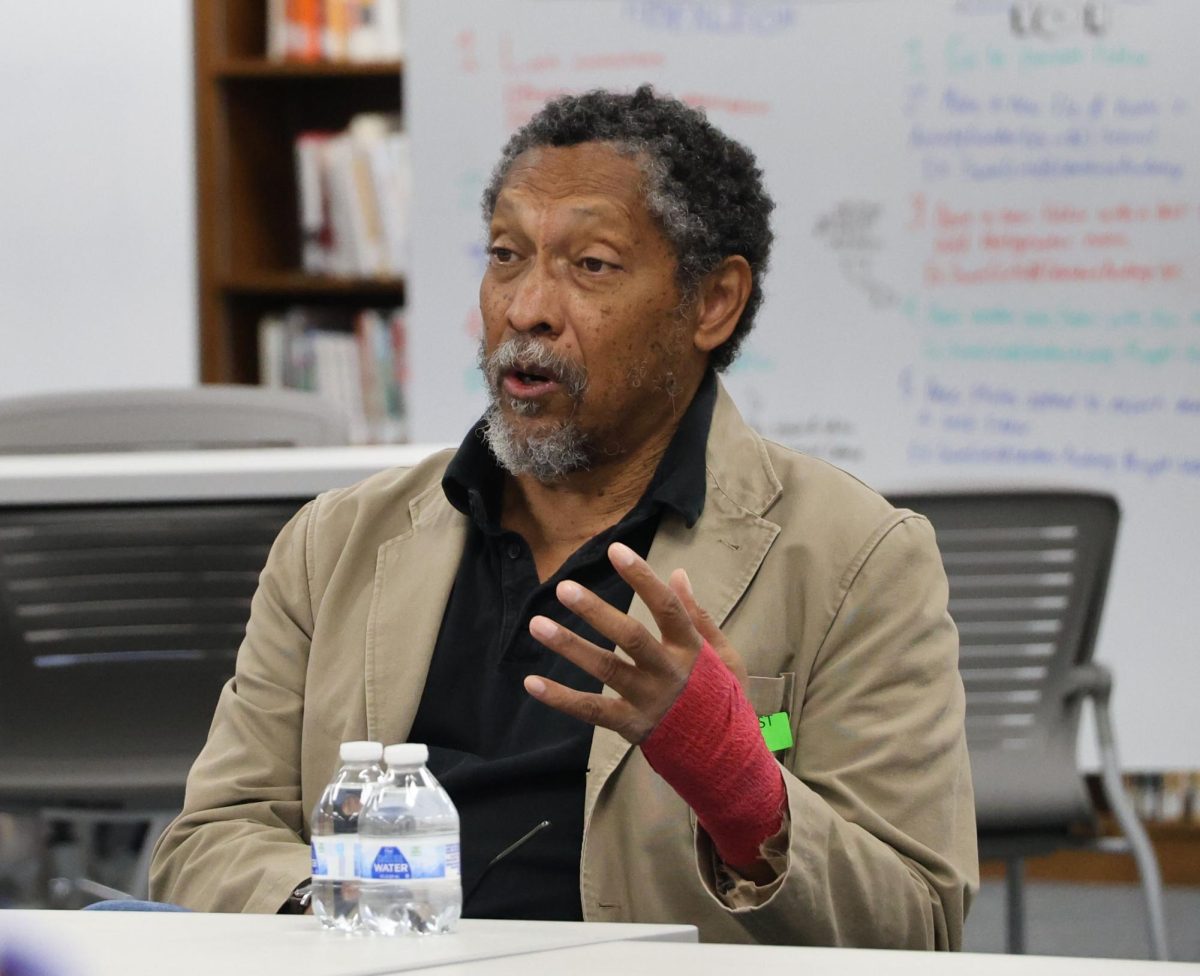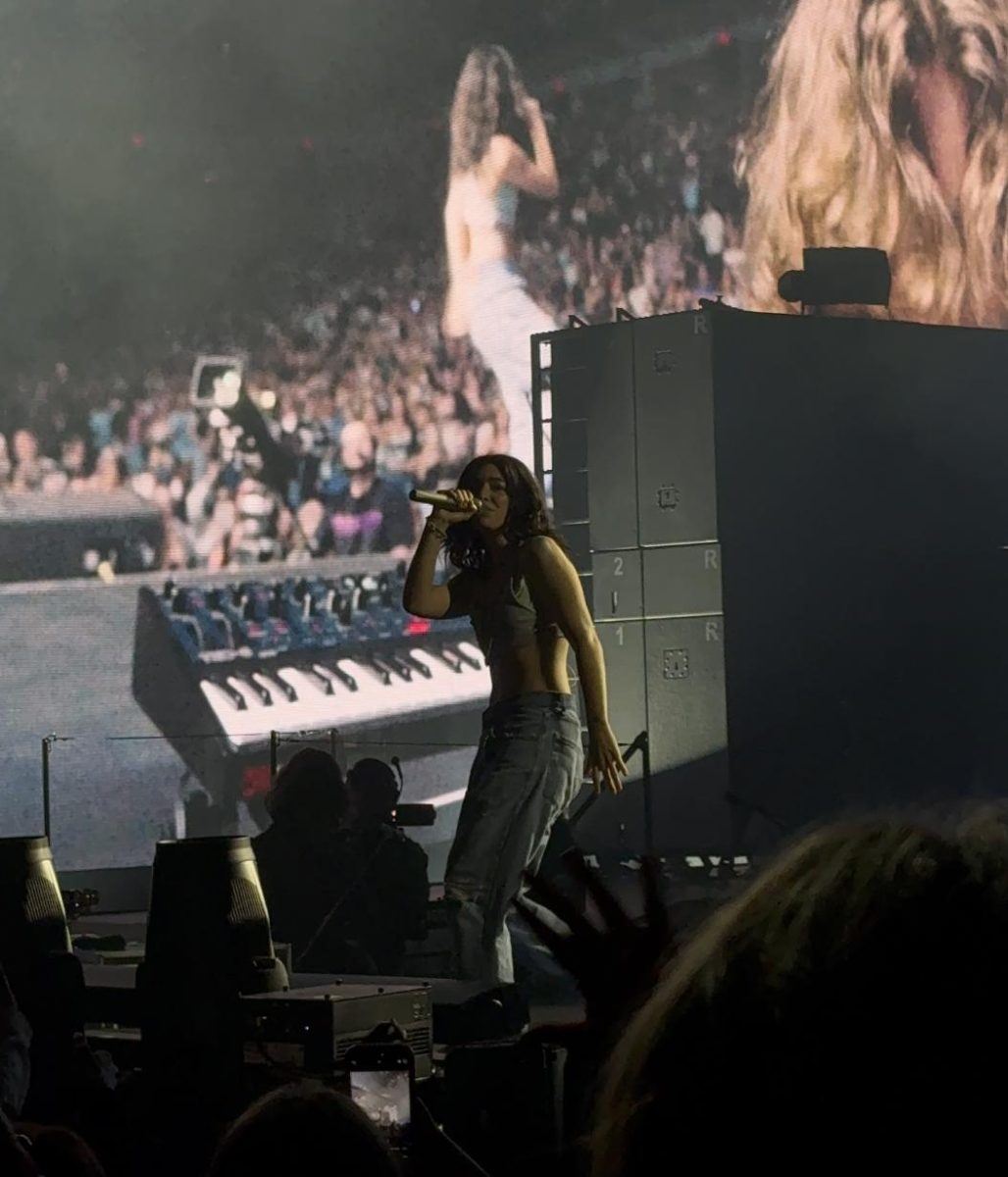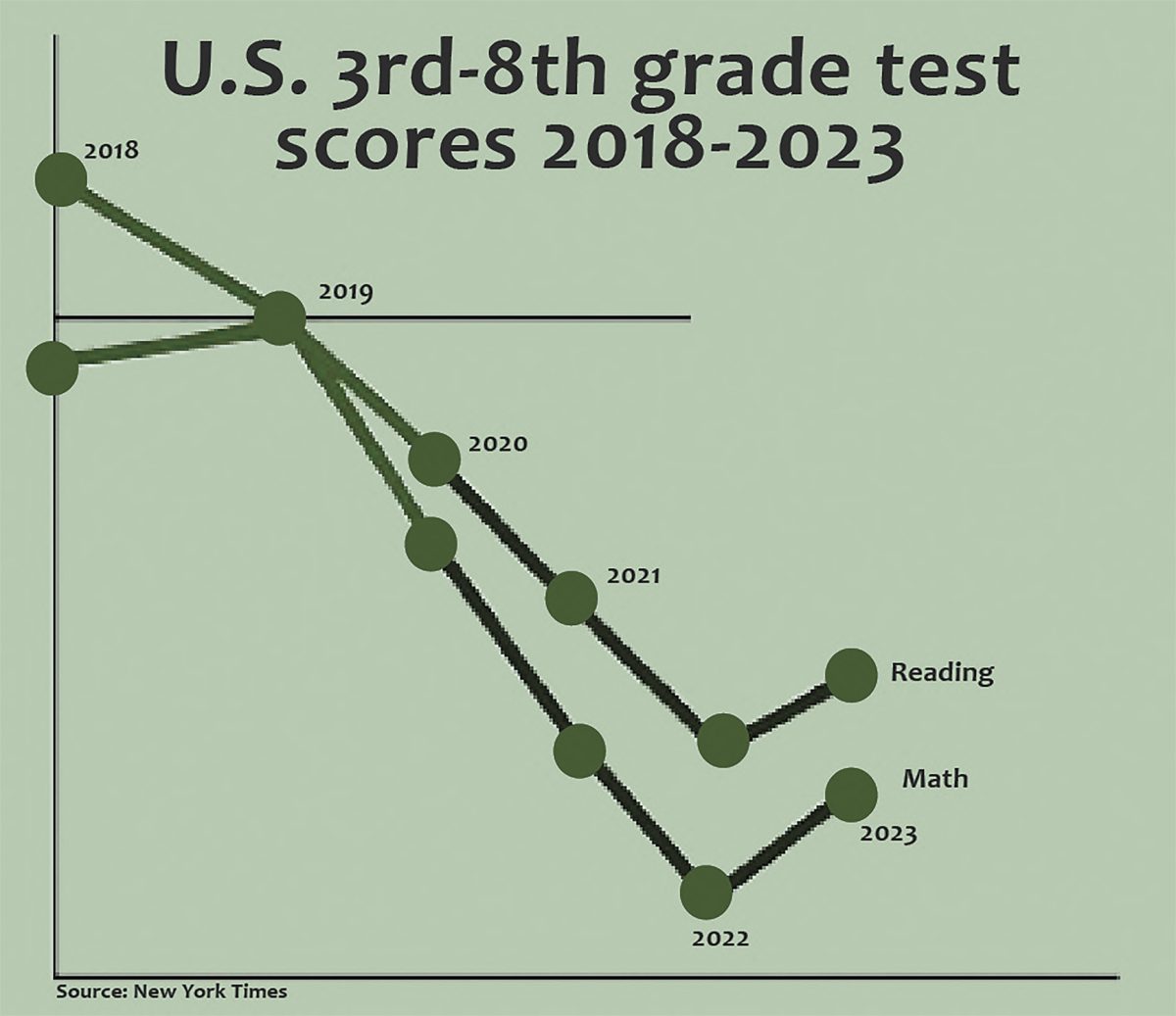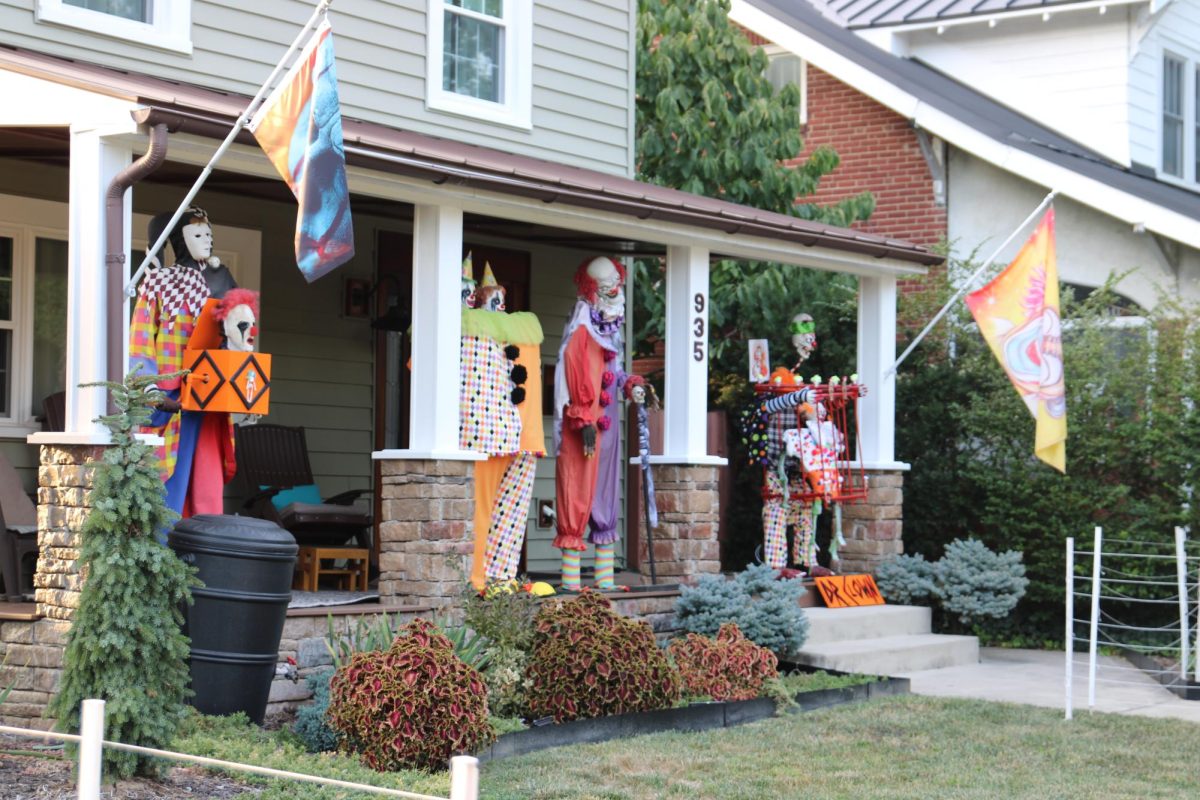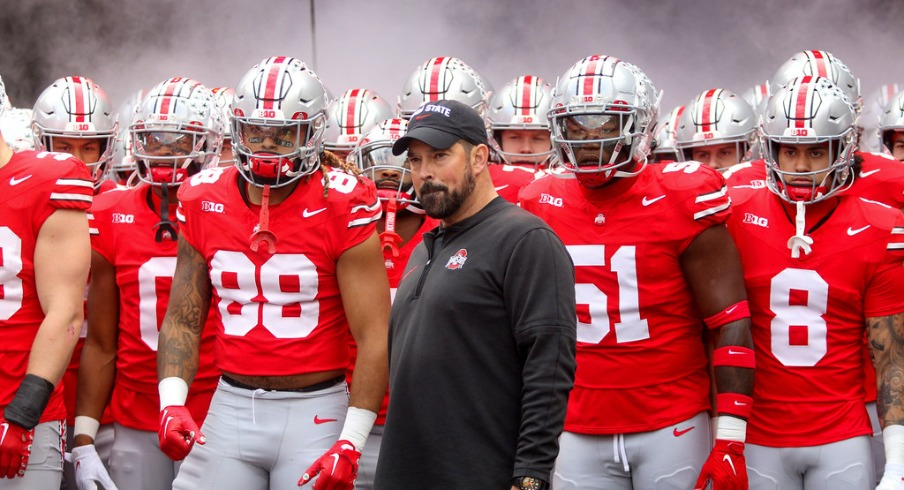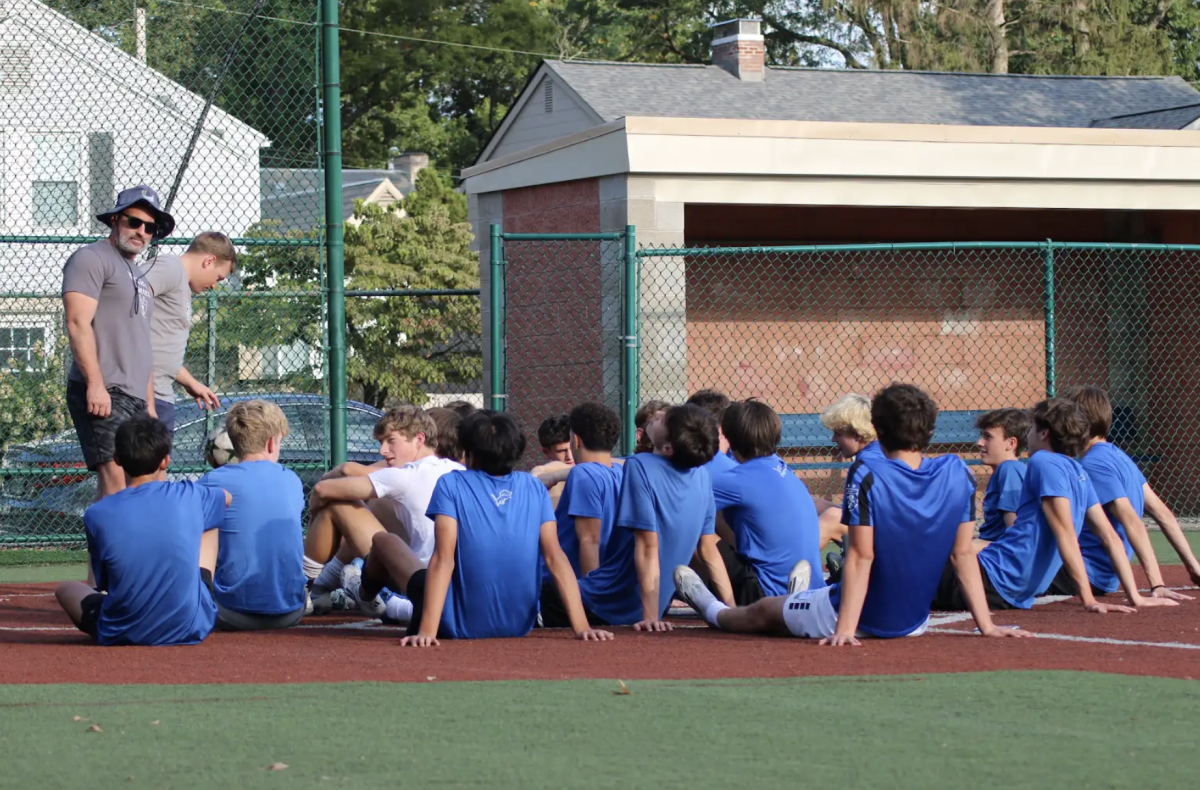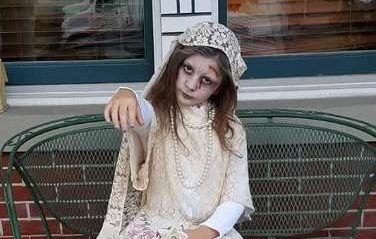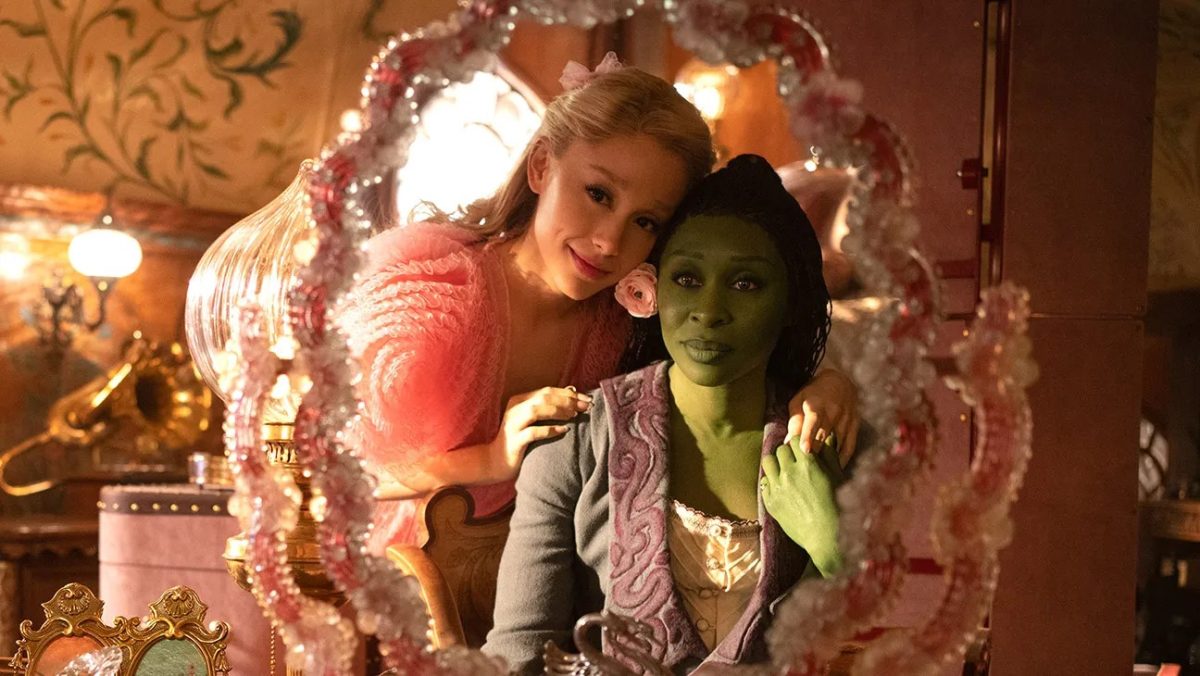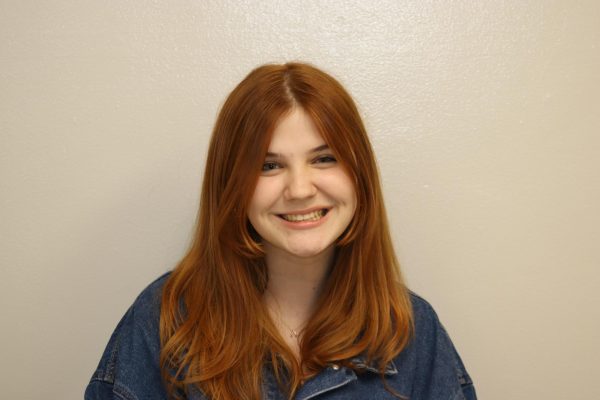As I finally sat down in the theater to watch the new film adaptation of the Broadway musical “Wicked” on opening night, I couldn’t help but feel skeptical. Stage-to-screen versions often fail to handle the original’s emotional impact with the care it deserves, and I was worried this one would succumb to a similar fate.
However, upon hearing Ariana Grande’s striking opening performance of “No One Mourns the Wicked,” I immediately knew this film would be different.
“Wicked” (part one of two) is a film adaptation of the musical of the same name. The story takes place before the events of “The Wizard of Oz” and serves to provide a backstory to Elphaba (Cynthia Erivo) and Glinda’s (Ariana Grande) relationship. Between the star-studded cast and the long waiting period, fans nationwide have been “holding space” for the film’s anticipated premiere.
Erivo and Grande are both powerhouses built for their roles as Elphaba and Glinda; their vocal performances had me near tears. The pure talent dis- played—not just from Erivo and Grande, but from the entire ensemble made the movie a success in my eyes.
Erivo’s voice is a force in and of itself, and coupled with the raw emotion she employs during her live performances of “The Wizard and I” and “Defy-
ing Gravity,” I began to question whether or not she was super-
human. Then, there’s Grande, whose dramatic antics supply the movie with much of its comedy. She plays the perky, witty character so well I was charmed by Glinda even during her more obnoxious moments. Together, their blended voices and chemistry radiates through the screen.
I cannot mention the musical numbers without giving praise to the movie’s hypnotic choreography. There is something satisfying about the camera following the characters as they move in sync with the music they
are dancing to. Choreography during “What is this Feeling?” and “Dancing Through Life” rendered me completely unable to look away as the characters dance and gesture together.
Performance aside, there are a hundred things to be said about the film production of “Wicked”; the budget for this movie was $145M, and it definitely showed. When Elphaba and Glinda arrived hand in hand in the Emerald City, I was mesmerized by the larger-than-life set design and costuming, almost to the point that it distracted me from the performance itself. The movie’s eccentric sets and costumes give life to the Wonderful World of Oz and make the world feel real.
What makes the storytelling of the film so sensational lies in its underlying messages. Female friendships are a prominent theme in the movie and, having watched with three of my closest female friends, make Elphaba and Glinda’s scenes together even more magical.
Moreover, there is something to be said about Elphaba—a character who is constantly ostracized for the color of her skin—being played by a Black woman. Her casting completely changes the dynamics of the story and makes the hardships she faces more impactful for the viewer.
Had another actress played her, Elphaba’s scenes and character may not have had the emotional weight that they did for me as a viewer. In their own way, the details and moments like these carry just as much significance as the movie’s massive musical numbers.
However, my one criticism of the movie is its color grading. You’d think a movie so concerned with color—green skin, Emerald City, yellow brick road—would be rich with it. I was underwhelmed by the film’s coloring, and I wish it had more effectively enhanced the vivid settings and characters.
With this being said, any small nitpick I could make about this film would ultimately be overshadowed by its show-stopping performances. From the casting to the set, to the costuming and choreography, “Wicked” hits every nail on the head of what made its musical counterpart so remarkable.
If you’re anything like I was and are put off by the movie’s length, genre as a musical or lackluster performances in past stage-to-film adaptations, I can assure you by the movie’s end, you’ll understand where all the acclaim comes from.

